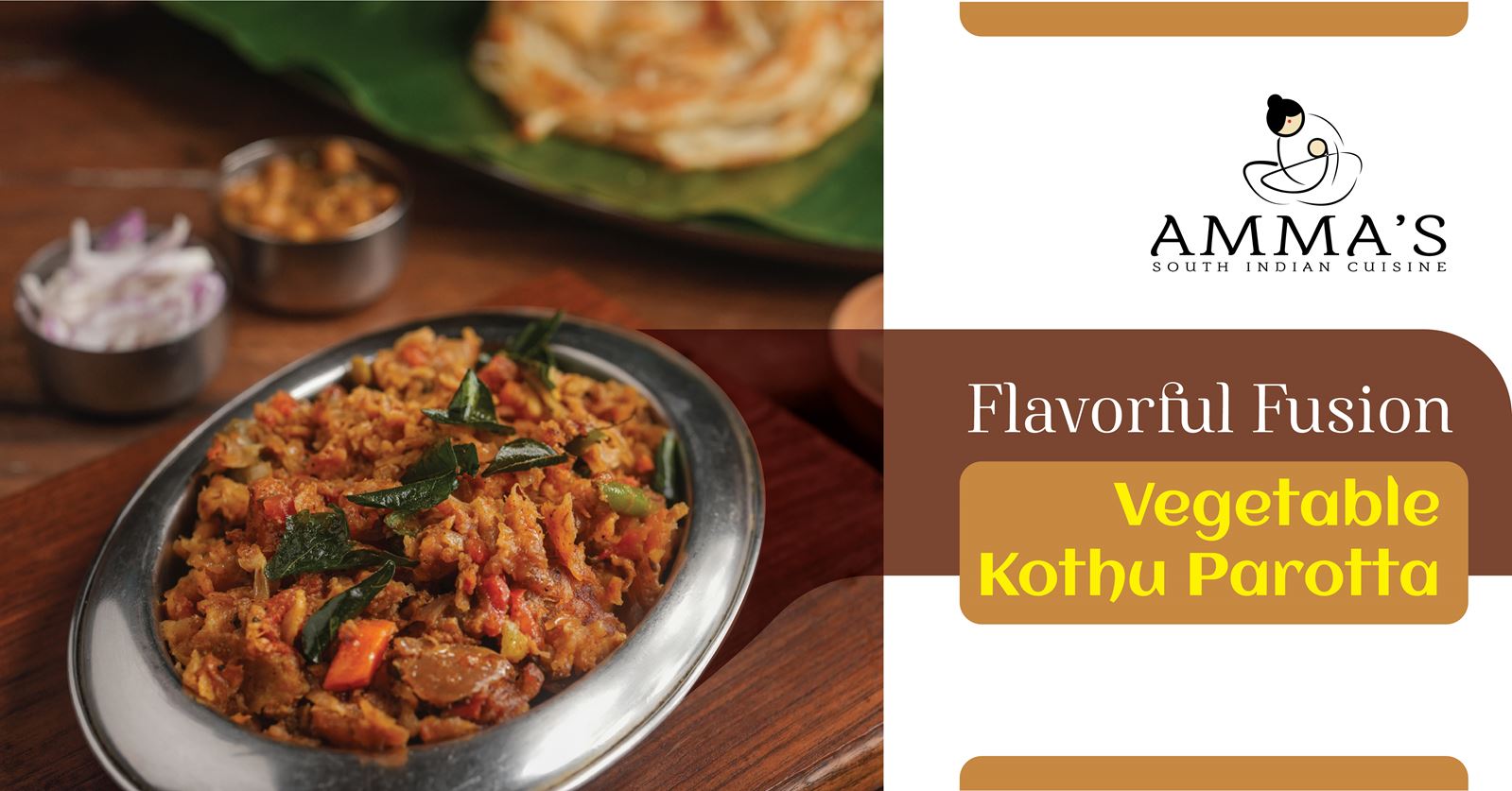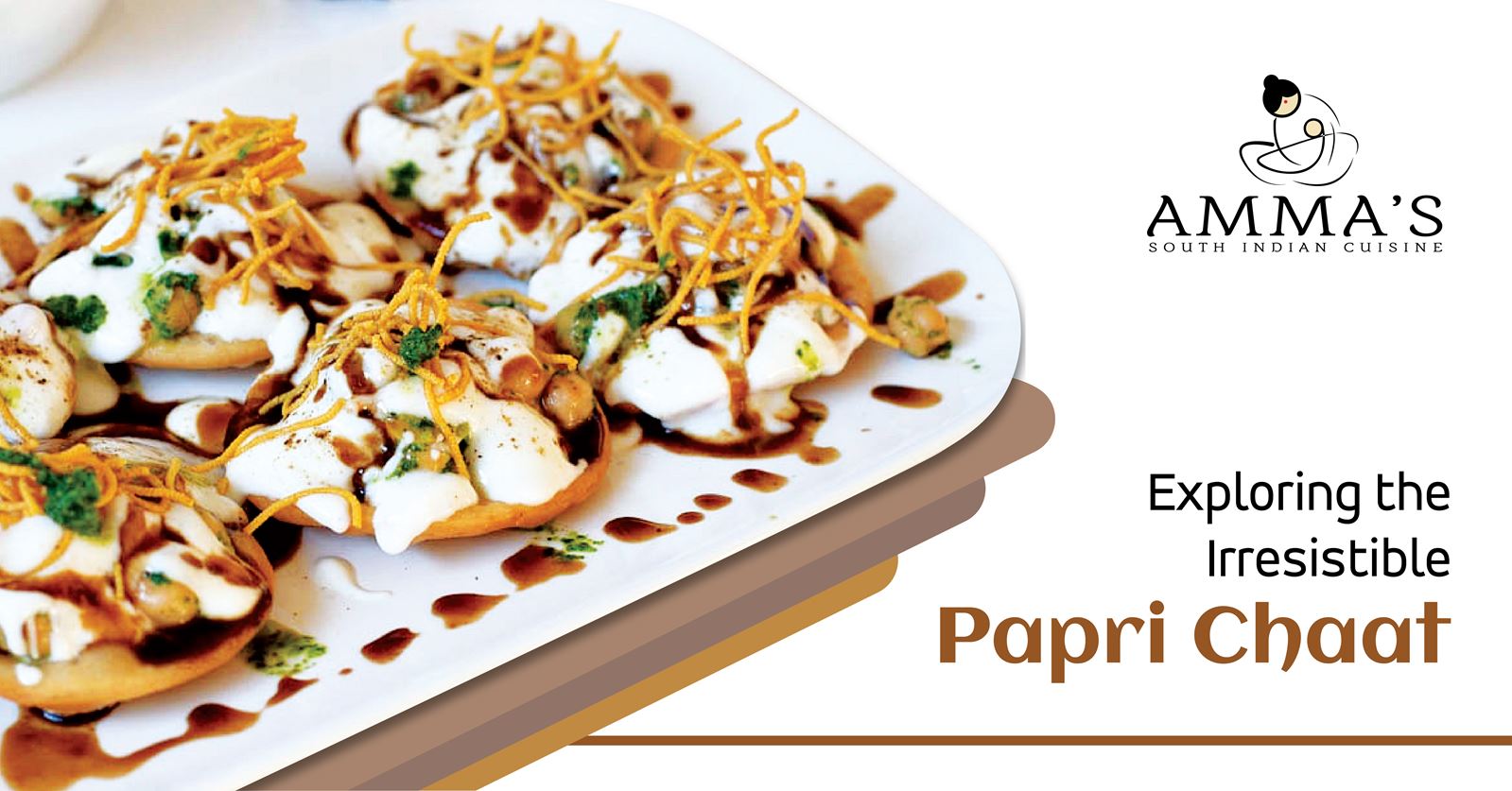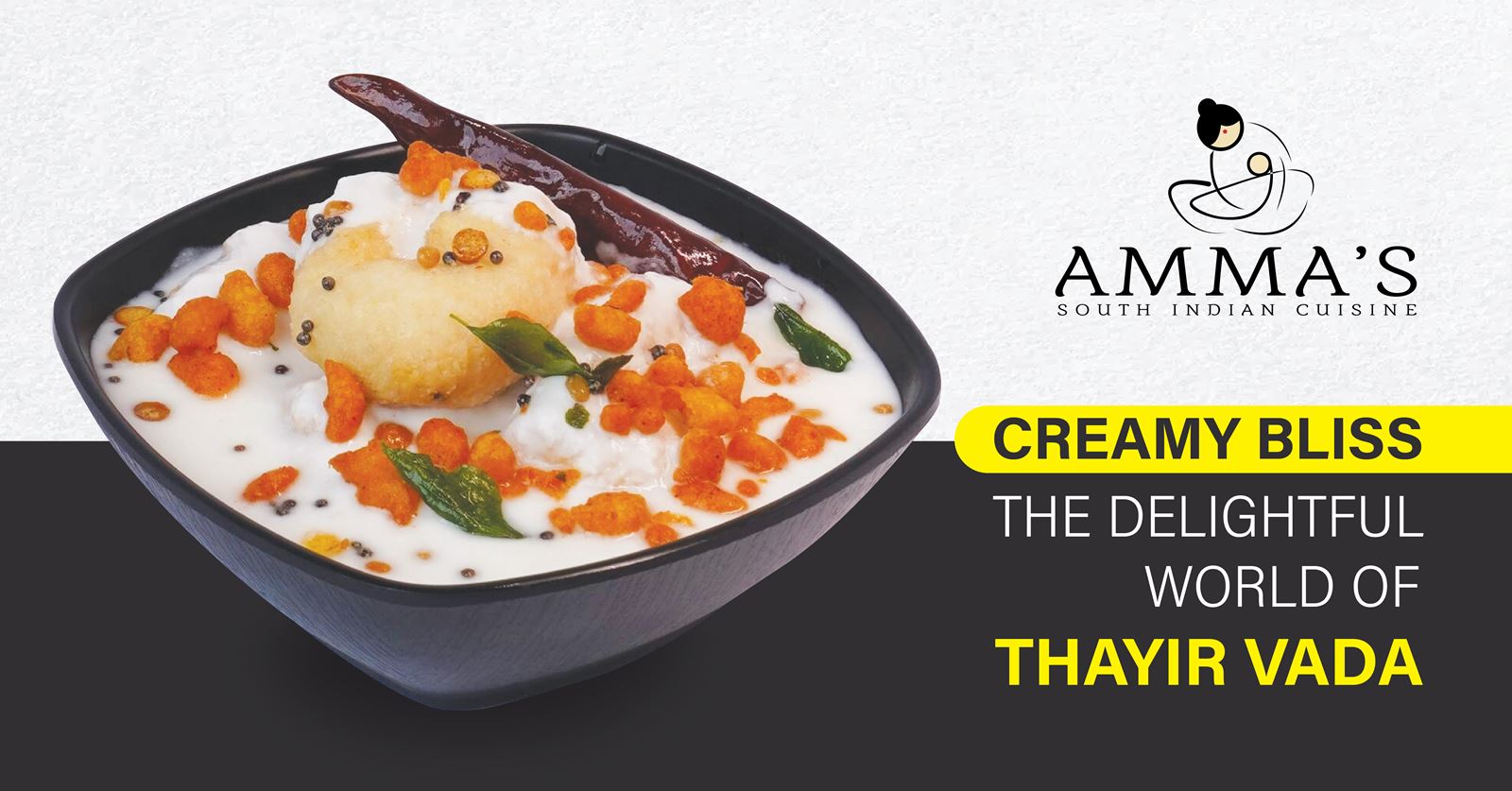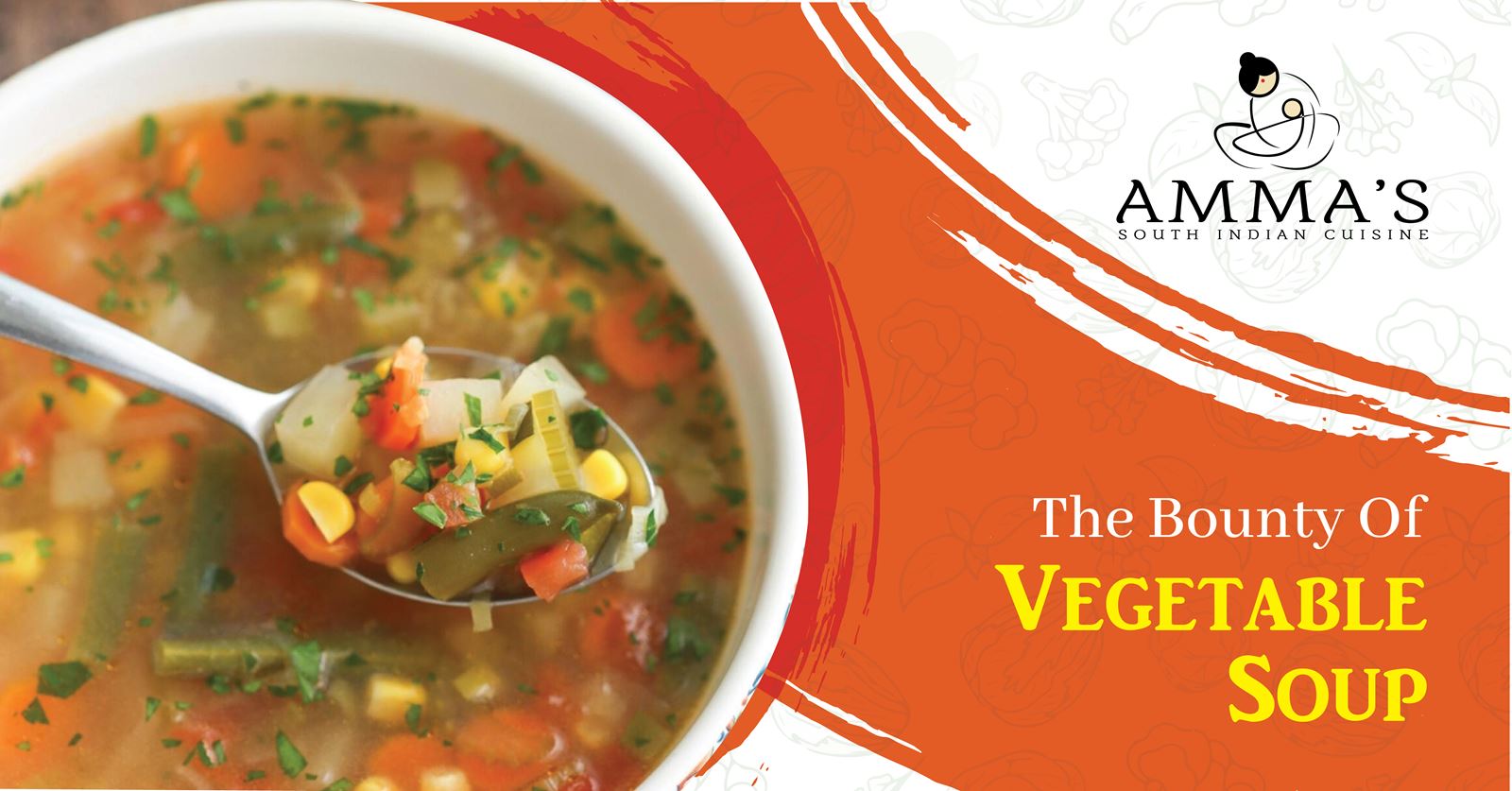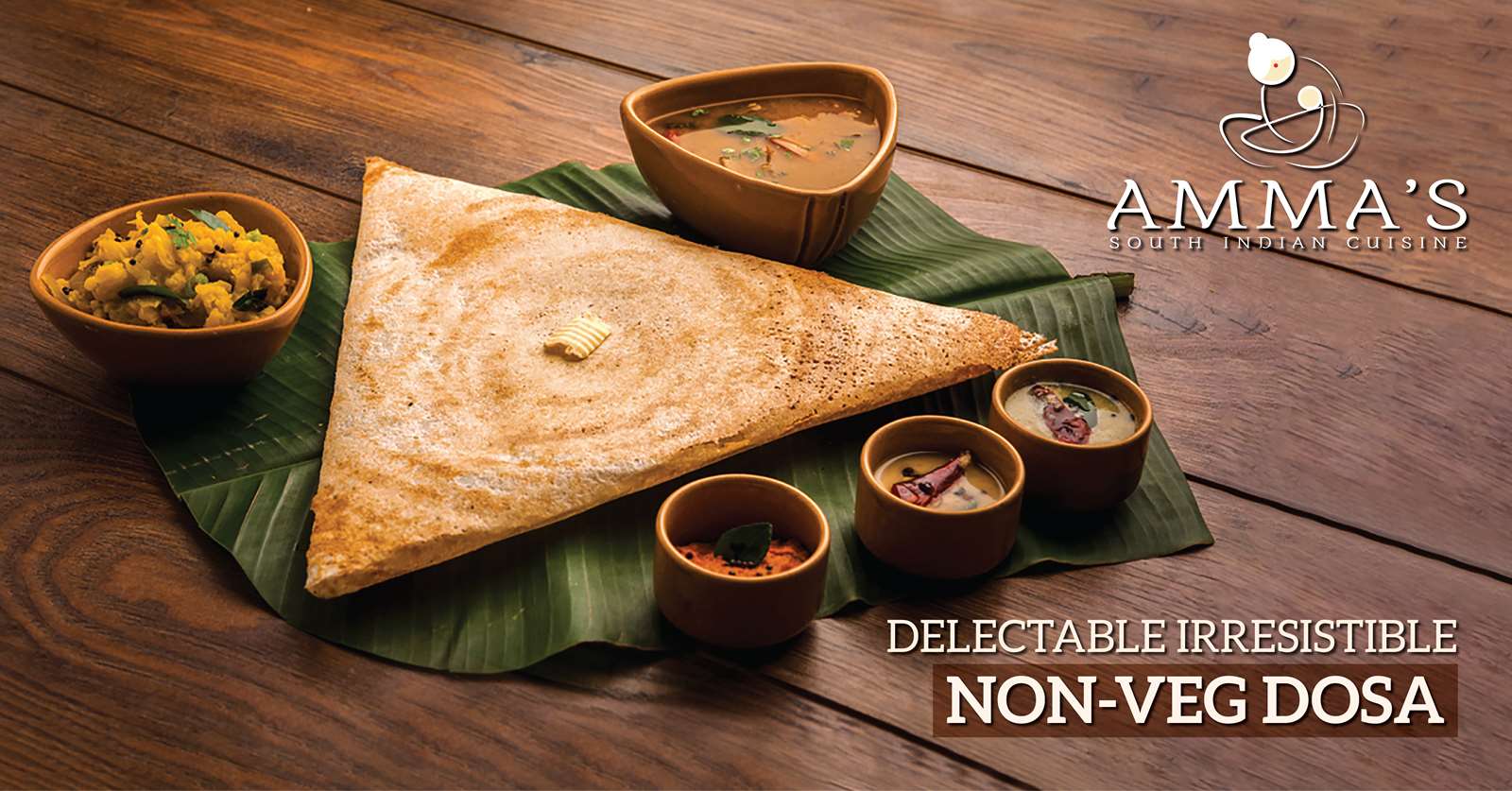
Delectable, Irresistible Non-Veg Dosa
There are many varieties of Dosa, instead of rice and urad dal, wheat flour, rava, moong dal are also used to prepare dosa. Also dosa can be stuffed with veggies or non-veg like chicken, mutton as they give different flavor and taste. Dosa is a popular south Indian dish that has been adapted in a variety of ways. There’s something about the south Indian delicacy that has wowed visitors from all over the world. It is a versatile delicacy that may be relished with a variety of stuffing and traditionally served with a portion of sambar or chutney, is cooked on a hot pan. Because of its immense popularity, individuals have experimented with the meal and created a slew of new dosas. You can stuff the south Indian crepe with everything from cheese to chocolate, noodles to ice cream. While the cooking technique has remained largely unchanged, the flavour has undergone various changes. Mutton/chicken keema is an Indian meal made with meat mince, onions, tomatoes, spices, and herbs. Keema or qeema, minced meat, is used in a variety of foods including curries, paratha, samosa, sandwiches, cutlets or keema balls, and dosa.
A dosa is usually made with a fermented runny lentil batter that is spread out evenly on a hot griddle with a splash of oil on both sides and cooked till it is wafer-thin and crispy. While the classic recipe has a spicy potato filling, you can go all out and experiment to your heart’s delight. You can even combine chicken curry and mutton kheema if you enjoy non- veg in just about anything! Not only is it protein-rich but also absolutely lip-smacking! Non-vegetarian dosa is one of the simplest and fastest snacks to prepare, whether for breakfast, lunch, or dinner. All you’ll need is a ready-made dosa batter, pressure-cooked meat minced with spices such as curry leaves, ginger-garlic paste, curry leaves, pepper, and red chilli powder, eggs, and a heated griddle!
Non-Vegetarian dosa is a light, crispy and has a fantastic flavour because of the minced chicken/mutton stuffing inside the dosa. Three tempting layers make up the dosa. At the bottom is a plain dosa made from standard batter; the middle layer is a pepper-crusted omelet; and the final layer on top is a spicy kheema. The mutton toppings, made with their unique masala, are the burst of flavors that steal the show. Typically, the non-veg dosa is served with coconut chutney or mutton gravies. This dosa is a complete meal in itself, topped with a flavorful keema combination. Because there is so much minced mutton in one mutton kheema or chicken dosa that it will be hefty and filling. This dosa tastes absolutely delectable.
If you are all the more tempted by reading this post on non-veg dosa, walk into Amma’s South Indian restaurant, and relish any of these non-veg dosas: chicken dosa , mutton kheema dosa, meat platter dosa,or chicken curry dosa. You’ll surely come back to taste the rest!
‘Dum’ means ‘to inhale’ and ‘pukht’ means ‘to cook.’ It basically means allowing the meal to absorb its own aromas or liquids to make it more flavorful. Large vessels are therefore enclosed with dough or fabric to retain the steam, which cooks the meat or rice till soft. Such slow, confined cooking led in the retention and permeation of all the ingredients’ flavors; it could also be employed to scent a dish with any desired flavour, such as camphor or clove.
The food slowly steams in its own juices, absorbing the subtle flavor of the spices and herbs introduced at the beginning. To begin, the ingredients are roasted in oil to release their flavors. After adding all the ingredients, the pot is sealed and left to ‘mature.’ Traditionally, only a few Indian spices were used to create the flavor, but throughout time, many additional ingredients were added to varied recipes to accommodate varying taste preferences.
It’s crucial to realise that not all components require the same amount of time to cook. As a result, rather than combining all raw ingredients in one pot and leaving it to cook, you will need to roast or cook them individually. Another thing to consider is the sealing. It must be airtight so that no steam can escape.
The vessel used also plays an important role in dum cooking. A heavy-bottomed clay pot is thought to work best because it slowly releases heat, keeping the temperature within stable and preventing the fire from burning the bottom of the dish. A copper vessel is another favorite option; Dum is a term that appears frequently on the menus of Biryani restaurants. Amma’s South Indian Restaurant delivers delicious dum biryani that will excite your taste buds! Visit your nearest joint and place an order for Dum Biryani!

